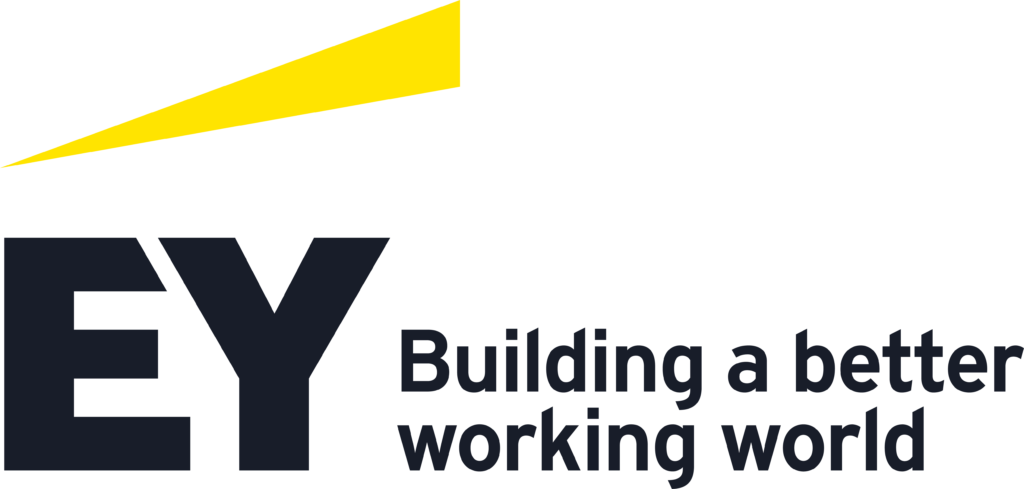EY: Connecting citizens, transforming services

Around the world, law enforcement, policing, and justice have undergone transformation over the last few decades. Ireland is now at a key decision point as it looks to continue its transformation journey to modernise our policing and justice systems.

In Ireland, like many other countries, political and social shifts have driven the need for reform, including changes in immigration patterns, demographic shifts, changing nature of crime, and evolving citizen expectations.
EY’s policing and justice community of practice have identified five key trends that are top of mind for policing organisations as they seek to innovate and modernise to meet the changing needs and demands of communities:
1. Community-oriented policing: Continued focus on working collaboratively with community members to solve problems and prevent crime in the community, rather than relying solely on law enforcement.
2. Optimisation of digital tools and technology – including AI and data: To support enhanced prediction of crime, better decision making and people empowerment, leading to better outcomes for communities, reduction in crime rates and more efficient work practices for staff.
3. Agility to embrace policy development across the criminal justice system: There is ongoing debate around the treatment of serious offenses versus minor infractions and how changes in policy are applied, which may impact work practices across policing organisations and the capabilities and capacity of staff.
4. Focus on people: The need to attract people that represent their communities and provide opportunities for fulfilling careers is as strong as ever, particularly with a global war for talent. As we emerge from the post-Covid era, leadership is challenged to establish organisational culture that values diversity, promotes innovation and recognises people, while ensuring appropriate allocation of resources to community need. Line managers need to be equipped to lead blended teams, drive positive work culture and performance, and ensure teams have the skills necessary to address the changing nature of crime.
5. Cross-sector partnerships: An ever-increasing recognition that cross government and multi-agency cooperation is critical to keeping people safe and to prevent and tackle crime. Systems are becoming more aware of the need to work closely across health, education, housing and the wider NGO sector to proactively keep communities safe.
“As threats to public safety mutate faster and faster, AI holds the promise of levelling the playing field for governments.”
Our experience supporting transformation across police and justice systems around the world has pointed to several key factors that are necessary to proactively respond to the opportunities and challenges these trends present – clarity on vision and plan, robust transformation management, and the strategic use of technology.
Develop a clear vision, case for change and plan
Transforming policing and justice systems requires a clear and well-defined vision and objective, and a robust ‘case for change’, endorsed by and advocated for by leaders. Proactive and visible sponsorship is a key success factor to delivering on transformation objectives. Given the wide range of stakeholders in the sector it is vital that there are robust communications to ensure that all understand the scope and goals of the project. Once the vision and objectives are clear, there is a need for a detailed project plan with timelines and milestones to achieve the vision. The project plan is the reference to benchmark progress, track deliverables and manage any delays or obstacles. It allows for regular monitoring and evaluation of transformation progress, which are essential for the project’s success and enables the early identification of issues that arise, and a plan to address them promptly.
Establish a transformation management office
Transformation is more successful when a transformation management office (TMO) is used as a central point of contact for all transformation-related activities. The most successful TMOs are responsible for developing strategies, frameworks and metrics to support overall transformation objectives. The TMO can play a crucial role in delivering successful transformation across the policing and justice systems by driving accountability, standardisation and alignment, ensuring that all transformation initiatives are coordinated, measured, and executed efficiently.
Deploy technology strategically
One of the key drivers of transformation in policing is the use of technology and data. Technology has the power to revolutionise law enforcement and enable law enforcement agencies to become more efficient, but it must be deployed strategically. Body-worn cameras, number plate readers, facial recognition technology and predictive analytics are just some of the technologies that can be used to enhance decision-making and reduce crime rates.
Additionally, as threats to public safety mutate faster and faster, AI holds the promise of levelling the playing field for governments. AI technology holds the promise of improving safety across this spectrum. Its potential to reduce, prevent and respond to crimes, for example, creates a unique opportunity to establish safer communities.
AI can play an important role in areas of public safety as far-ranging as narcotics, crime deterrence, natural disaster response and crowd control. As organisations explore the promises AI offers, they must also consider its risks to civil liberty and privacy, as well as its mixed record on accuracy and bias.
Conclusion
It is clear that the transformation of policing and justice, like so many other sectors, will continue at pace over the coming decade, with changes extending from technology to community policing and beyond. These changes can help to build better public trust, a more proactive approach to law enforcement, better communication systems with the community, a reduction in crime rates, and an improved employee experience for staff.
However, work will be required to address challenges, such as ensuring the ethical use of technology, mitigating any negative perceptions of policing, ensuring equity and addressing concerns of racial bias, building positive and innovative organisation culture, and ensuring a strong pipeline of resources to address the areas of greatest need in our communities.
W: www.ey.com/ie/publicsector






